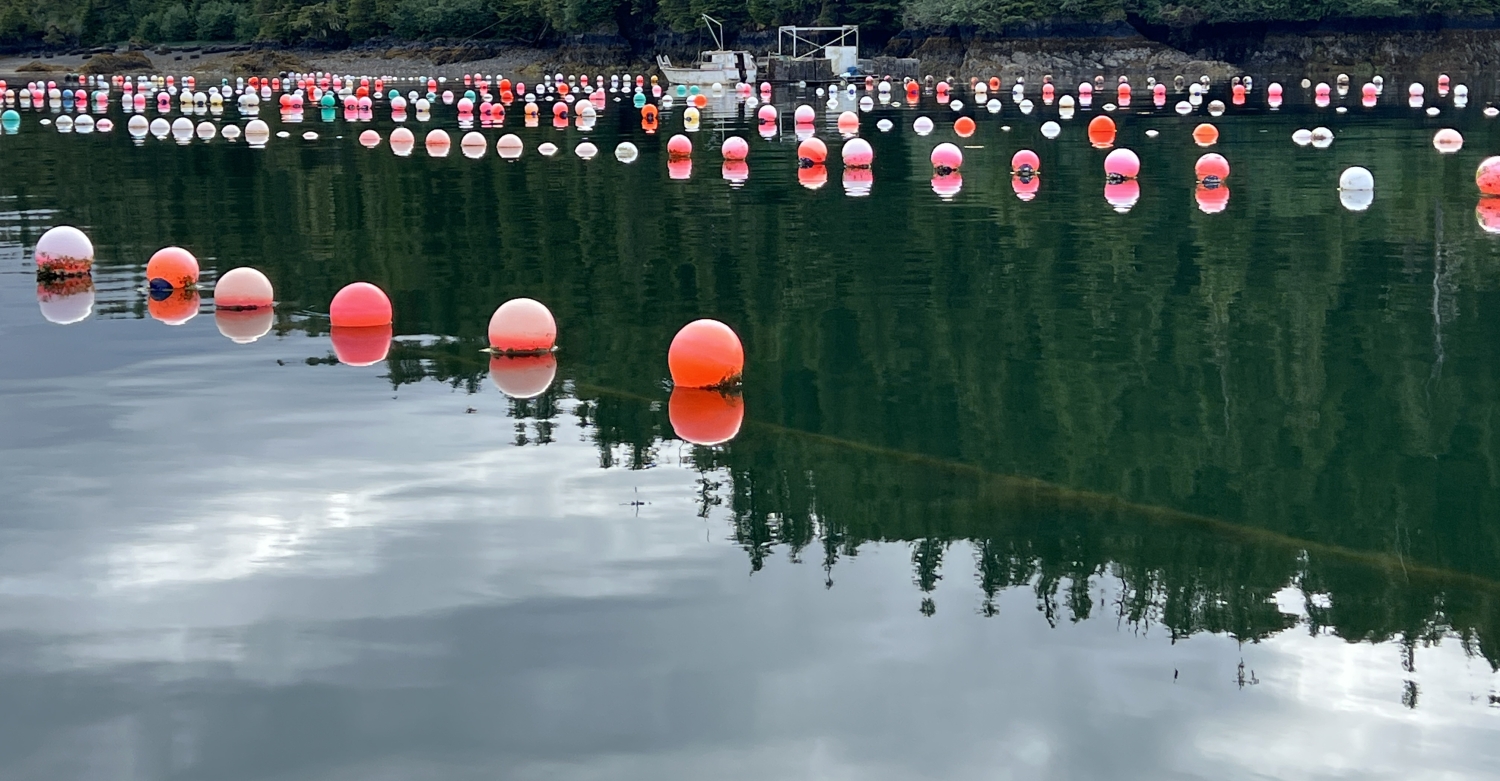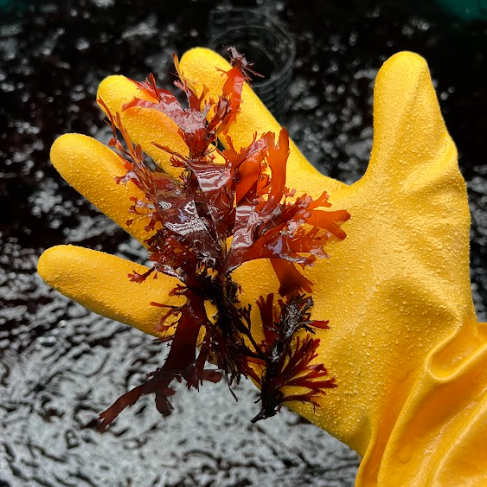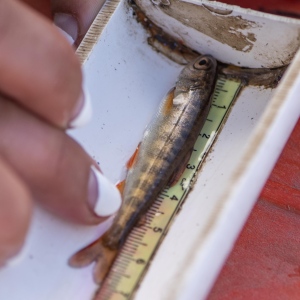Community-driven research on marine harvested and farmed species
Interface of Change is the sixth phase of Alaska NSF EPSCoR. A $20-million award from the National Science Foundation funds this statewide, five-year project to build capacity for co-developed, use-inspired research across the Gulf of Alaska.
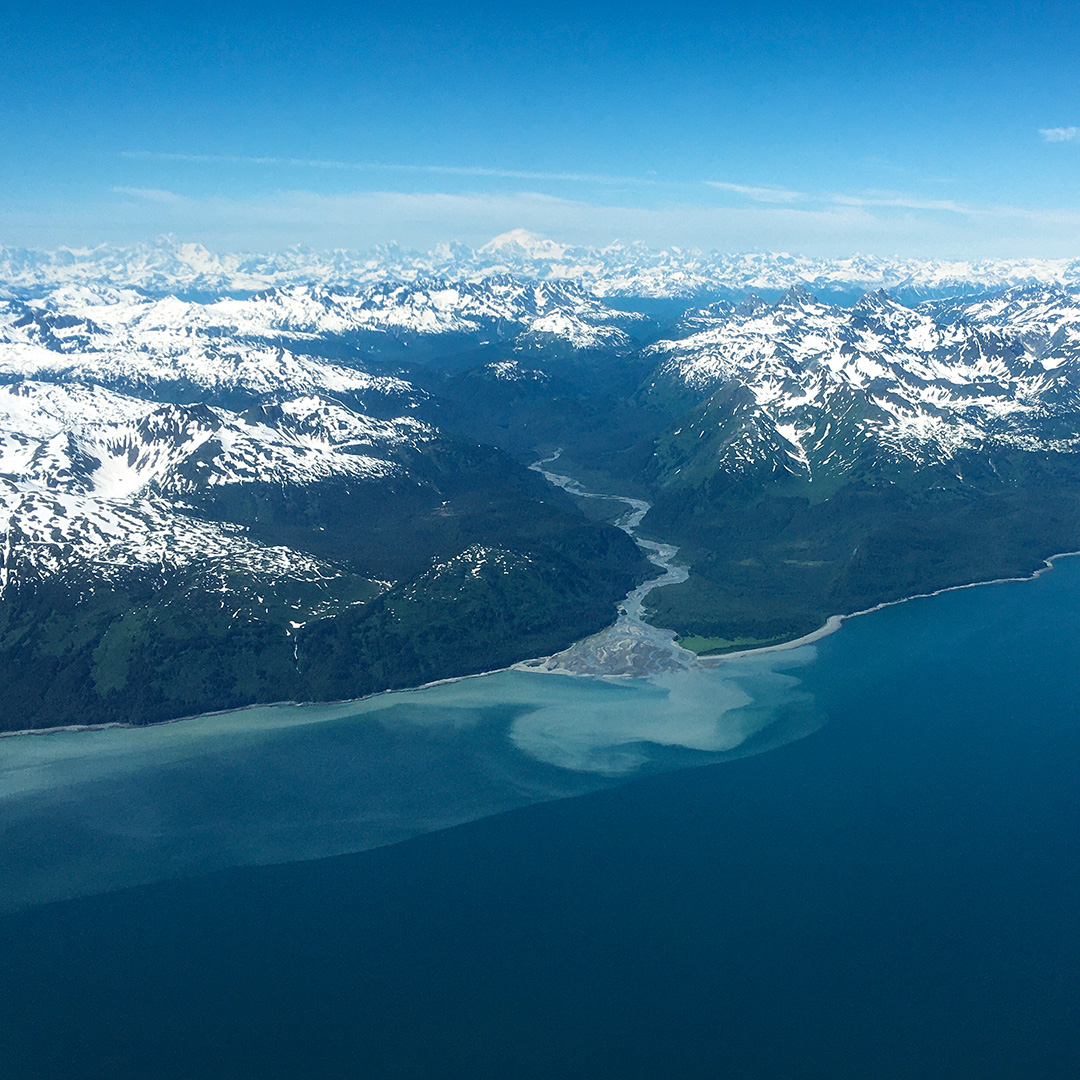
Resilience in the Gulf of Alaska
Interface of Change centers partnerships between researchers, Gulf of Alaska community members, Tribes, educators, and entrepreneurs. Through these connections, project participants work collaboratively to investigate the resilience of marine species that are critical to the subsistence way of life as well as developments in the mariculture economy in the Gulf of Alaska.
Partnering with Gulf of Alaska coastal communities
Interface of Change brings together researchers from the University of Alaska Anchorage, University of Alaska Fairbanks, and the Univerisity of Alaska Southeast in partnership with Gulf of Alaska community members from Seldovia, Halibut Cove, Homer, Cordova, Valdez, Juneau, Haines and Klukwan.
Annual Community Participation Workshops
The Interface of Change project is founded upon the goal of producing science that
is relevant and useful to Alaskans living in coastal communities around the Gulf of
Alaska. Our Annual Community Participation Workshops are meant to invite community
members to connect with our research team and offer perspective and feedback on the
project.
The goals of these annual workshops are to:
- Build collaborations
- Identify environmental stressors & potential adaptation solutions
- Identify locally-relevant research questions
Research Areas
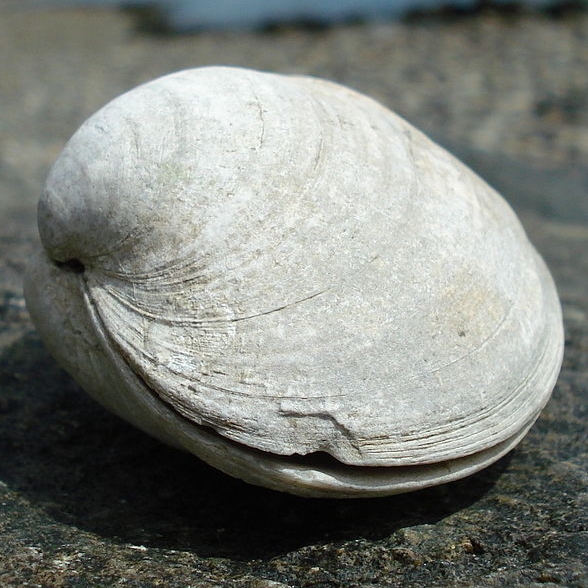
Northern Gulf of Alaska
Seldovia, Halibut Cove, and Homer
Building STEM Capacity for Alaskans


